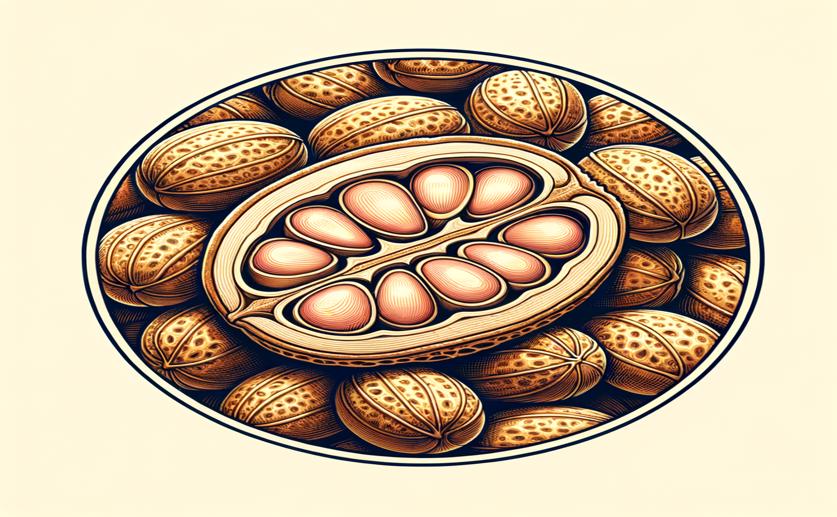
Improving Oleic Acid Content in Groundnuts for Better Oil Quality
Jenn Hoskins
3rd August, 2024

Image Source: Natural Science News, 2024
Key Findings
- Researchers at Tamil Nadu Agricultural University increased the oleic acid content in groundnut oil to improve its quality and shelf life
- They used a technique called marker-assisted introgression to introduce a beneficial mutation from one groundnut variety into another
- The new groundnut lines showed higher oleic acid levels, which enhance the oil's stability and nutritional value
AgricultureGeneticsPlant Science
References
Main Study
1) Marker-assisted introgression to improve the oleic acid content in the TMV 7 groundnut (Arachis hypogaea L.) variety suitable for the oil industry
Published 31st July, 2024
https://doi.org/10.1186/s12870-024-05387-9
Related Studies
2) Genetic mapping of QTLs controlling fatty acids provided insights into the genetic control of fatty acid synthesis pathway in peanut (Arachis hypogaea L.).
3) Overconsumption of Omega-6 Polyunsaturated Fatty Acids (PUFAs) versus Deficiency of Omega-3 PUFAs in Modern-Day Diets: The Disturbing Factor for Their "Balanced Antagonistic Metabolic Functions" in the Human Body.
4) Combining High Oleic Acid Trait and Resistance to Late Leaf Spot and Rust Diseases in Groundnut (Arachis hypogaea L.).
5) Marker-assisted backcrossing to improve seed oleic acid content in four elite and popular peanut (Arachis hypogaea L.) cultivars with high oil content.



 27th July, 2024 | Jim Crocker
27th July, 2024 | Jim Crocker